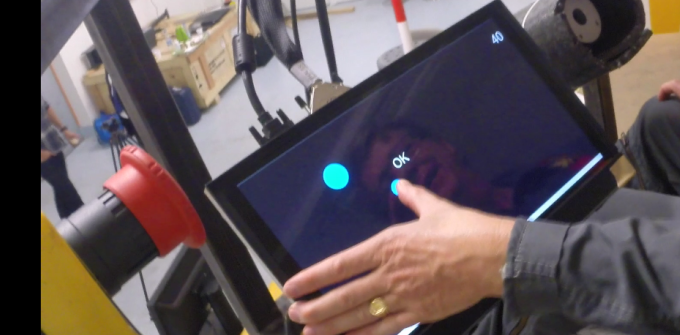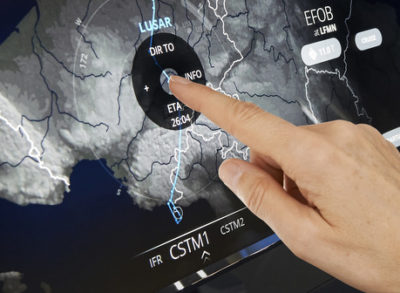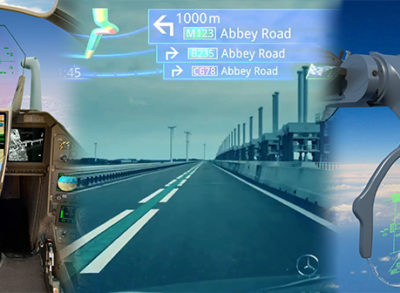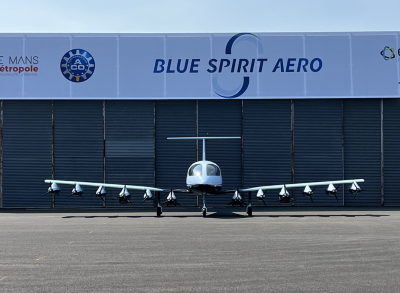Thales tests touch interaction solutions in harsh environments
Touch screens have become ubiquitous in the consumer market. They will form an integral part of future cockpits and Thales is already working on their implementation so that pilots enjoy simpler and more intuitive interfaces. But positioning touchscreen technology in an aircraft requires certain specificities.

What needs to be taken into account when developing touch based solutions to be used by the pilots?
To be compatible with avionic requirements, the touchscreen must be usable even in the event of strong turbulence. The Thales team who were in charge of the trial started by conducting test flights in order to identify problems to be solved. From there the team worked on two main areas: human/system interface design (size of buttons and type of interaction) and interaction aids (finger and hand rests).
“In parallel, we worked with ENSAM (Ecole Nationale Supérieure des Arts et Métiers) in Bordeaux in order to adapt their test means to our test needs in turbulence zones,” comments Maxime Caillaud, technical leader for touch-based Interaction Solutions at Thales. The experimental means comprise characteristic movements which enable us to reproduce the studied phenomena of turbulences.”
The movement simulator has been designed to test structures on complex trajectories. With the help of a 3D recording of real turbulence realized during a flight by an accelerometer, we made sure that our simulator would reproduce turbulence in terms of frequency and valve articulation,” explains Jean-Luc Barou, research engineer at ENSAM Bordeaux. “We also developed a cockpit unit where a pilot would be able to sit, and which comprised systems to fit touchscreens and recording means.”
“We first measured the performance levels of the tactile interactions with and without hand/finger rests," comments Sylvain Hourlier, Expert and design Human Factors Senior Authority for Thales Avionics.
“Every individual had to interact with non-avionics man/system interfaces realized specifically for these measures of performance and precision. It would help us draw up recommendations as regards the sizes of buttons, how different means were positioned, and preferred areas for interaction."
Once the recommendations have been taken on board, we could precisely assess the relevance of our touch interaction solution, in terms of hard- and software, by rolling out short operational scenarios which are representative of usage in conditions of turbulence. This will enable us to define the tactile solutions of tomorrow with the level of maturity necessary for their development and for their certification.
The view of Didier Poisson, experimental test pilot & in charge of operations and certification at Thales
Will the tactile interfaces bring a real benefit to the pilots?
Pilots increasingly need to interact with screens inside the cockpit. This interaction began with the integration of buttons around the edges of the screens (called "soft prompts"). Now, the pilots can also interact with a trackball or touchpad cursor.
Considering the number of interactive functions which are onboard today’s cockpits and which will be even more numerous tomorrow, it is ever more necessary to propose to the pilots interacting directly from screens to ensure intuitiveness, speed and ease of execution by using the same gestures as those of the communications tools we use in our everyday lives.
What do you think of the tests recently conducted by Thales and ENSAM?
The interfaces designed for the cockpits of tomorrow must be developed from the beginning for tactile use, by taking into account the constraints related to aircraft such as turbulence and vibrations.
Crews who took part in the test flight in turbulent conditions all judged the turbulence reproduced by the simulator to have been faithful. The simulator proved to be a perfectly representative tool of real flight situations and provided a means of testing solutions in development with a high degree of confidence.




